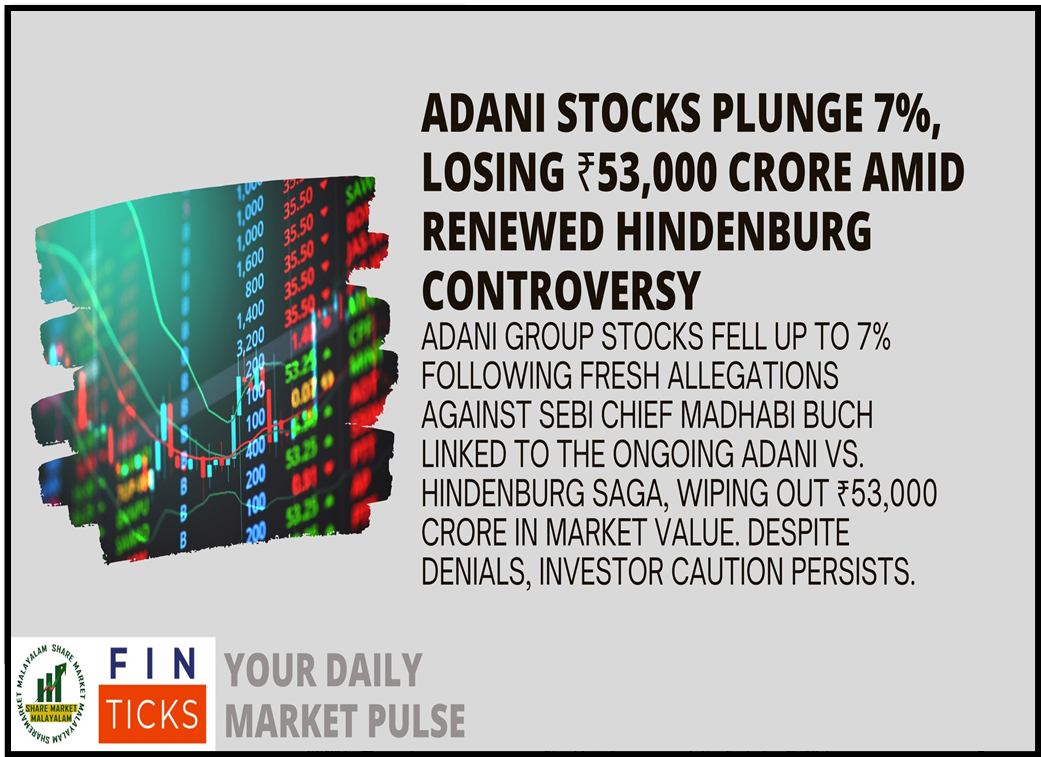AFTER OLYMPICS, A QUESTION
Syllabus:
- GS 2: Government policies and interventions in various sectors
Why in the News?
The Ambani family’s involvement in improving India’s performance in elite sports, particularly at the Olympics, has sparked discussions on the role of private investment versus public funding in sports development.
Source: Indian Express
Introduction
- The debate over the state’s role in funding elite sports raises crucial questions about public welfare versus private profit.
- Should limited public resources be devoted to enhancing national pride through elite sports, or should they focus on essential services like education and healthcare, which directly benefit the marginalized?
| India’s Sports Policy Measures
Budget Allocation Increase
Focus on Grassroots and Youth
Enhanced Support for Athletes
Anti-Doping Measures
Strategic Timing
|
The Role of the State: Public Welfare vs. Elite Sports
Promoting Public Health
- Focus on Physical Activity: The state should prioritize promoting physical activity among the general population to improve overall public health.
- Public Welfare: Resources should be directed toward initiatives that benefit the broader community.
Supporting Elite Sports
- Private Profit and Nationalism: Sponsoring elite sports often leads to private profits and fuels
- Resource Allocation: The state must carefully consider whether these outcomes justify diverting resources from public welfare initiatives.
Reconsidering State Funding for Elite Sports
Lack of Public Welfare Impact
- No Tangible Health Benefits: The state’s investment in sponsoring Olympic participation does not significantly improve public health.
- Watching elite athletes in global sporting events does not inspire the general population, especially in poorer countries, to adopt healthier lifestyles.
- Weak Connection with Public Welfare: In countries with hazardous livelihoods, there is minimal connection between elite sports and the welfare of the majority.
- The benefits of state-sponsored sports are often limited to emotional satisfaction rather than substantial public welfare improvements.
Questionable Returns on Investment
- Minimal National Impact: Despite the emotional boost from winning medals, India’s overall medal count remains under 45, highlighting the poor returns on investment in elite sports.
- This weakens the argument for using public funds to support such endeavors.
- Correlation Between Wealth and Medals: A clear relationship exists between national wealth and Olympic success.
- Wealthier nations, like the United States, Germany, and the UK, dominate medal counts, while countries with less financial power struggle to achieve similar success.
Elite Sports vs. Systemic Development
- Misleading Symbolism: While individual athletes, such as African long-distance runners, inspire admiration for their resilience, their success does not necessarily translate into systemic improvements.
- Personal effort alone does not build the infrastructure needed for better outcomes.
- State’s Role: In countries with limited resources, the state should prioritize systemic development over funding preparations for elite sports participation.
Impact of Politics on Sports in India
Political Patronage in Sports
- Historical Relationship: There is a long-standing connection between political power and patronage, where political parties use various avenues to secure support, including sports.
- Sports as a Source of Patronage: In India, the sporting sector has become a significant area for political patronage.
- Many key positions in sporting bodies are filled with political appointees whose primary role is to advance party agendas rather than develop athletic talent.
- Lack of Accountability: The political nature of these appointments leads to incompetence and corruption within sports administration.
- These issues often go unpunished due to the political backing of these appointees, undermining the development of sports.
Private Involvement in Sports
- Potential for Greater Success: Advocates for better sporting outcomes and public welfare argue that private sector involvement could yield better results.
- Private investment is driven by the profit motive, which could lead to an emphasis on winning more medals and improving a company’s public image.
- Accountability Through Profit Motive: Unlike state funding, which lacks direct accountability, private investments are closely monitored by shareholders.
- This scrutiny could lead to more effective use of resources and better results in sports.
Limitations of State Involvement
- Misalignment with Public Interests: In India, voters often prioritize religious, caste, and ethnic loyalties over the misuse of public funds.
- This dynamic weakens the electorate’s ability to hold political parties accountable for ineffective or corrupt practices in sports administration.
Rethinking State Funding Priorities
Public Welfare vs. Elite Sports Funding
- Current Funding Focus: The state currently allocates funds to elite sports, which often provides minimal public benefit and primarily serves the interests of the well-off.
- This approach can also reinforce political agendas rather than addressing broader societal needs.
- Alternative Investments: There is a compelling argument that state resources should be redirected toward essential public services that market forces often overlook.
- This includes improving education, health facilities, and housing for the most disadvantaged.
- Such investments would have a more significant impact on public welfare.
State vs. Private Sector Involvement
- Limitations of State Involvement: The state’s involvement in elite sports can lead to overstretched capacities, with limited success in effectively managing public funds.
- Historical and structural issues with state forms in India further complicate this scenario.
- Private Sector Efficiency: The private sector, driven by profit motives, might be more effective in managing elite sports.
- It could potentially create systems that are currently lacking and focus on enhancing the sports sector without relying on public funds.
Conclusion
Given the limited benefits of state-funded elite sports, it is worth reconsidering how public funds are used. Redirecting these resources to sectors that significantly improve the welfare of the majority could lead to more equitable and impactful outcomes for society.
Source:Indian Express
Mains Practice Question:
Evaluate the role of state versus private sector involvement in elite sports and its impact on public welfare and nationalism.
Associated Article:
https://universalinstitutions.com/setback-in-olympic-wrestling-the-role-of-nutrition/




